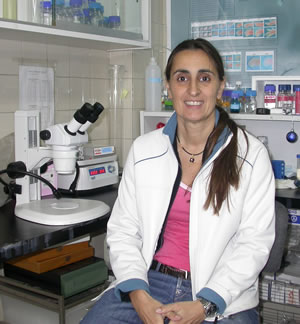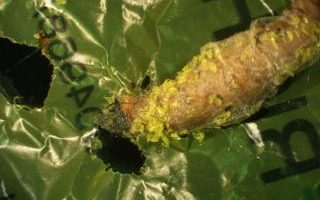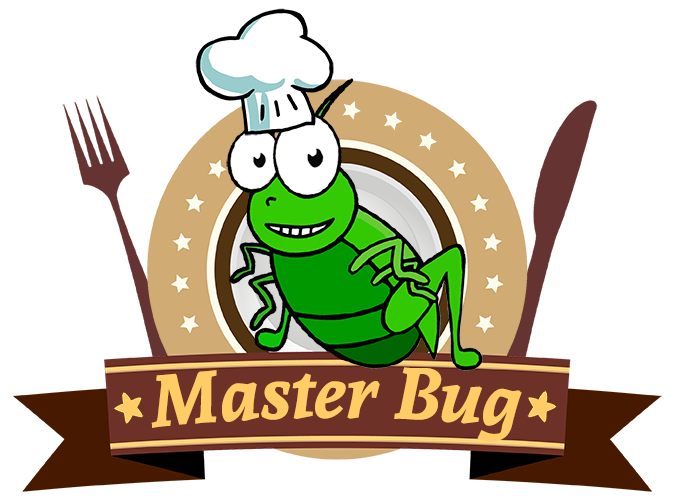 Interview with Dr. Federica Bertocchini, Biomedicine Institute of Cantabria
Interview with Dr. Federica Bertocchini, Biomedicine Institute of Cantabria
You’ve recently discovered an astonishing “talent” of the Galleria Mellonella larvae. Can you tell us more about?
With my collaborators Paolo Bombelli and Chris Howe, at the University of Cambridge, UK, we discovered that the wax worm can bio-degrade polyethylene, the plastic of the garbage bags and the one used for packaging. The discovery went this way: being a beekeeper, I store my beehives empty of bees in my place. In cleaning them, I found the honeycombs infested with wax worms (a normal thing, being the wax worms a plague for beekeepers). I put the worms in a plastic bag, and after a while I saw that the bag was riddled with holes and the worms were all around. Then we checked that the PE had been bio-degraded and that was not a mechanical effect.
Is this the solution for plastic pollution?
We do not know yet. What we can say is that this study goes together with other investigations: three years ago a group of Chinese and American discovered that the larvae of another Lepidoptera was capable of degrading PE, although at a slower rate; last year a Japanese group found that two bacteria were capable of degrading PET. This means that there is a field of study, a channel of investigation that is prone to expand and that might in the future give us some tools.
So far, we are at the basic observation, from here to the possible potential biotechnological application some years will pass.
How will it take to turn this discovery into a real and efficient method for plastic waste treatment?
As said before, it is difficult to predict.
Most people think that we’ll see millions of larvae eating plastic waste. Can you explain which is the goal of your research?
The idea to use millions of larvae never crossed our mind. The worms area plague, we do not want to pour millions of them in the environment, the equilibrium must not be altered. We aim at dissecting the molecular mechanisms responsible for the bio-degradation, The idea would be to isolate the molecule(s), study its function, reproduce it in the lab in large scale, and at that point we would have a tool to apply on the plastic garbage.
Galleria Mellonella is also an edible insect, what do you think about entomophagy?
It is ok, nothing against it.
Have you ever tried edible insects?
I don’t think so.





